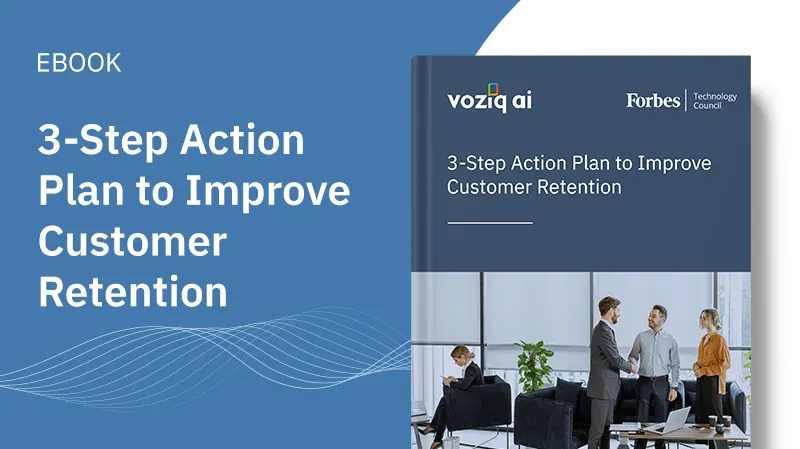How AI Can Predict and Reduce Customer Churn

How AI Can Predict and Reduce Customer Churn
In highly competitive industries, customer loss direct affects bottom-line growth. As we mentioned in a previous article, if you have one million customers with yearly revenue of $500 per customer, an annual churn rate of 20% can lead to $100 million in loss annually plus additional expenses as your business aims to replenish its customer base. We mentioned one way to combat customer churn is through artificial intelligence (AI), where machine learning and customer interaction analytics provide businesses with an accurate perspective on customer behavior and churn tendencies.
Through AI, your business can continuously learn and improve from customers’ social, historical, and behavioral data. Unlike traditional analytics software, AI insights can easily scale and develop with data. It’s now business-critical for brands to upskill and maximize AI’s potential. Universities that offer modern computer science training highlight AI as one of the top future-focused fields today. That` is why it is part of the fast-growing computer and IT industry with a 12% occupational growth between 2018 and 2028. Aside from staying up-to-date with integral subjects like computer programming, logic, operating systems, and computer architecture, many professionals opt to specialize in AI specifically to keep up with business demands.
Churn may be a fact in every industry, but that doesn’t mean you can’t be proactive against it. With AI, you can minimize churn and maintain customer loyalty in three key ways:
Identify customers’ intent on leaving
To manage customer churn effectively, you need to first identify which customers are trying to leave. Customer churn occurs when customer expectations are not fulfilled and customers switch to a competitor. For instance, insurance companies have to keep customers satisfied because fundamental insurance packages are similar among competitors. And because insurance companies serve millions of customers, it’s difficult for them to extract and act on beneficial information without AI. Machine learning allows brands to sift through large amounts of data and organize information based on who is most likely to churn. With our insurance company example, you can uncover specific profile attributes like age, gender, income, number of products, and even which campaign they came from to predict what kinds of customers are more likely to leave. By spotting these indicators, AI lets businesses predict and address these issues before customers depart.
Analyze why and how churn occurs
The next step to reducing customer churn is fully understanding why it happens. Customers are rarely open about their intentions; few unhappy customers will complain, but most will leave quietly. AI can pinpoint precise areas in the omnichannel customer journey, especially where customers are likely to drop off.
Case in point, employee turnover and customer retention are closely related. When employees leave, customer service suffers due to a lack of knowledge or rapport, which causes customers to feel less valued. Increased errors, loss of efficiency, slow problem-solving, or failure to meet basic expectations can all deplete customer goodwill — but which is the main cause of departure? AI-powered tools can use natural language processing and perform a sentiment analysis on customer reviews, emails, and phone calls to see exactly what triggered departure. From there, you can eliminate friction by updating technologies, retraining customer service, or optimizing products as needed.
Develop a strategy to combat churn
Subscription-based services often encounter instances of involuntary churn, where customers unintentionally cancel their subscriptions through payment failure, as when credit cards get lost or expire and there’s a decline in the next payment. Involuntary churn usually happens without either the business or customer realizing it, so AI analytics is important to providing you visibility and preventing disruption. By analyzing consumers’ behavior in real-time across channels, you can be alerted to problems with payment or even fraud.
AI can show you insights for an effective customer retention program. You can then design interventions based on data, like improving product offerings or adjusting marketing strategies. Banks, for example, can review the purchase history of a customer and provide more attractive credit terms. With this level of personalization in the experience, brands can encourage more customers to stay with their business.
Written solely for voziq by Angelique Drew






